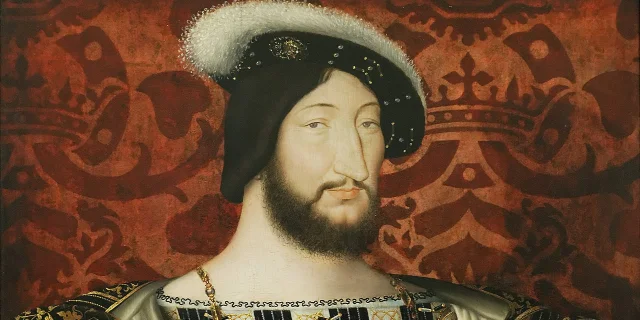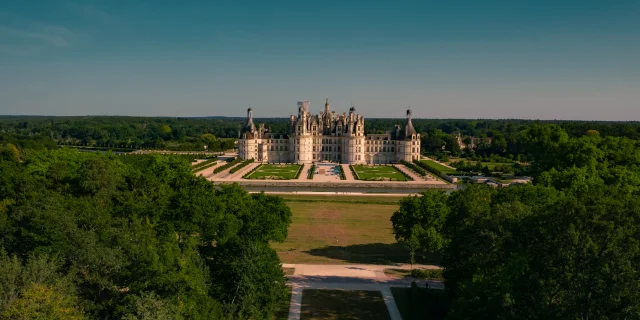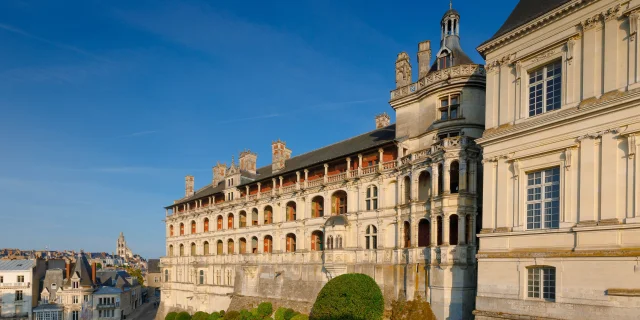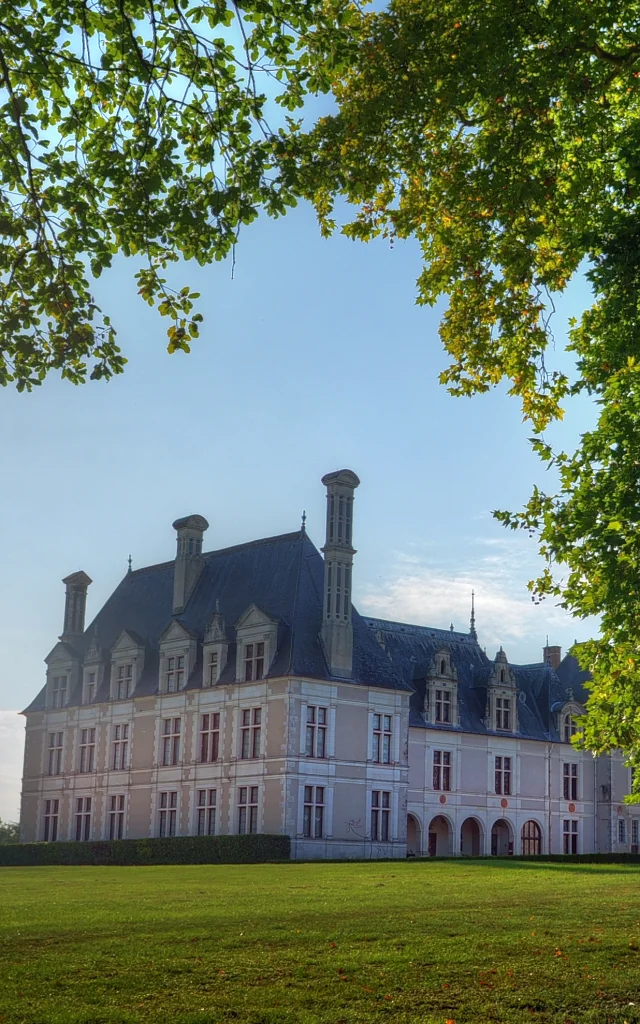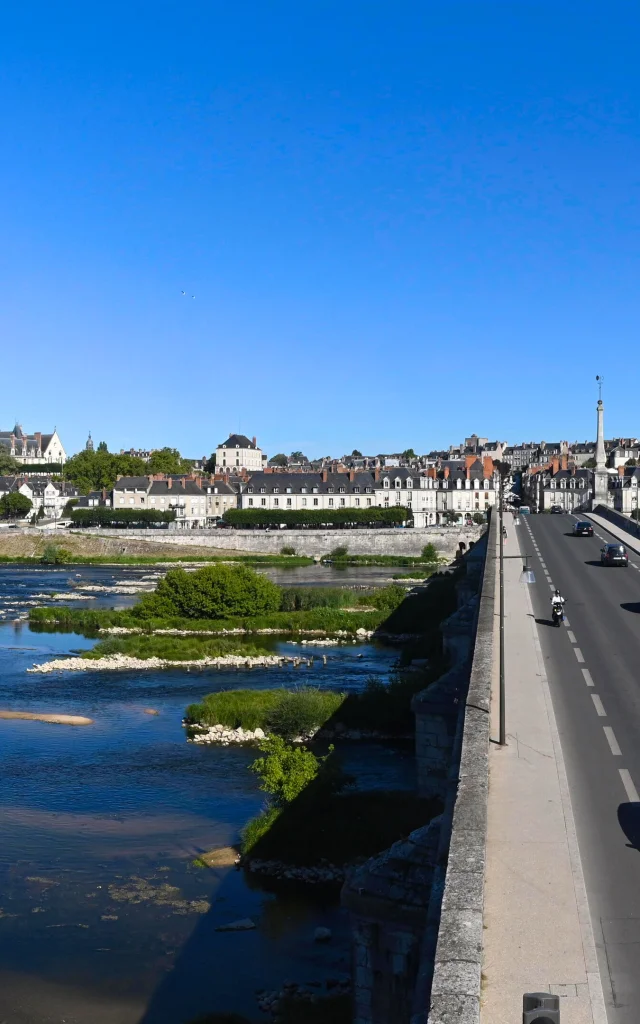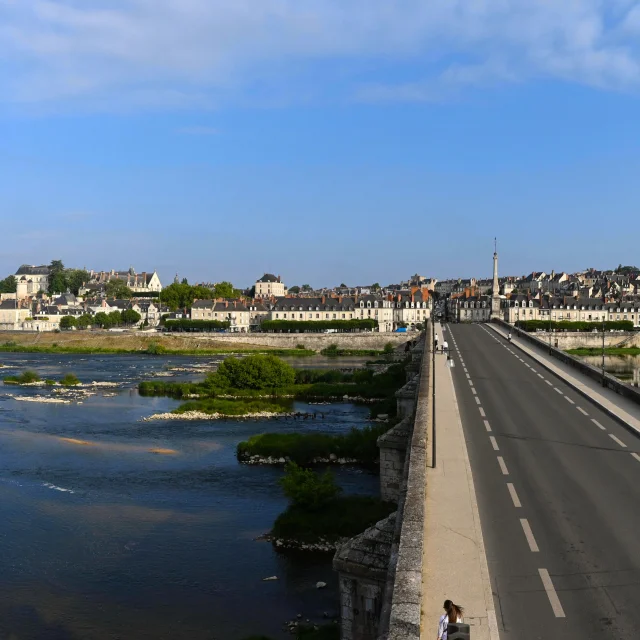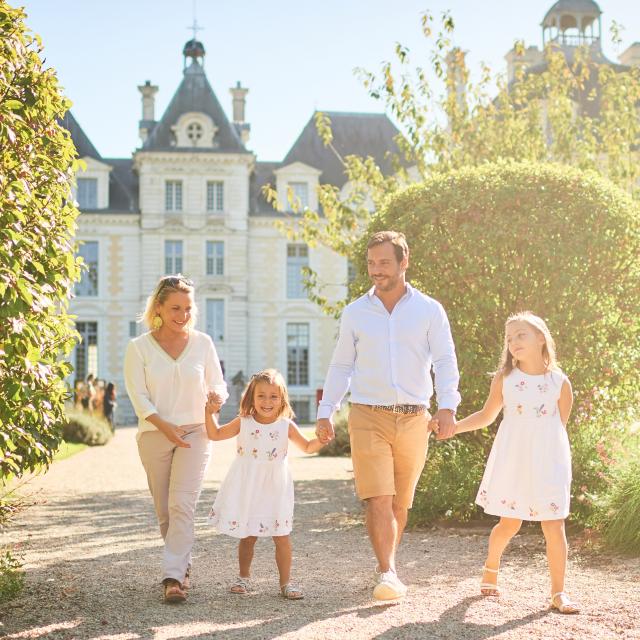Qualities and defects of youth
Crowned king of Europe’s most populous country in 1515, François I entered Paris in full regalia, tossing coins to a crowd galvanized by the renewal represented by this 21-year-old king of superb panache. “At the time, François Ier was a young wolf. He held high the values of chivalry. He was an ogre, 1.95 m tall, a man of action who loved physical exercise,” recounts actor Geoffrey Lopez, who played the king in a historical re-enactment of Marignan organized by the town of Romorantin.
Barely crowned and already victorious at Marignan, the king established his aura and gained in confidence. Some would say “arrogant”, given the diplomatic setbacks and crushing defeats that followed: François I was overtaken by Charles V in the race for the Holy Roman Empire, betrayed by Henry VIII, and betrayed again by the Constable Charles de Bourbon, taken prisoner at the battle of Pavia. He showed himself to be courageous, but sometimes impulsive and a poor strategist: he maintained a tenacious rivalry with Charles V and forged controversial alliances with Protestant princes and the Ottoman Empire.
The king was also an excellent dancer, and he organized numerous courtly fêtes, known as Magnificences,” recalls Denis Raisin Dadre, artistic director of Doulce mémoire, the musical ensemble of the Chambord music festival. When he joined Henry VIII at the Camp du Drap d’Or or welcomed Charles V to Fontainebleau, Francis I, a gallant man and bon vivant, savored his pleasures. He flaunted silks, precious stones, refined earthenware and sumptuous feasts to assert his supremacy.
The all-powerful Art
At the royal château d’Amboise, “adored by his mother, adored by his sister”, according to the writer Gonzague Saint Bris, François I received a humanist gentleman’s education, “never ate his lunch foolishly” and knew how to surround himself with literate companions. A patron of the arts, he subsidized poets and writers, created a royal library in Blois and introduced legal deposit. Curious and open-minded, he brought Italian works and artists to him, including Leonardo da Vinci, who became “the Padre” for this fatherless man. The French court became a veritable cultural hotbed.
Châteaux de Chambord, Blois, Amboise… The king’s ambitions as a builder were immense, and not just for aesthetic reasons. “The construction of Chambord is clearly a manifesto of political power, a propaganda tool,” asserts Luc Forlivesi, Director of Heritage and Chief Curator at the Château. François I wanted to be recognized as a Renaissance prince. The artistic magnificence of the 16th century enabled him to assert his power. While some criticize François Ier for his taste for expensive splendor, “this great king built Renaissance France and invented international influence through culture”, asserts Gonzague Saint Bris. He bequeathed us an admirable heritage that remains his most striking mark.
